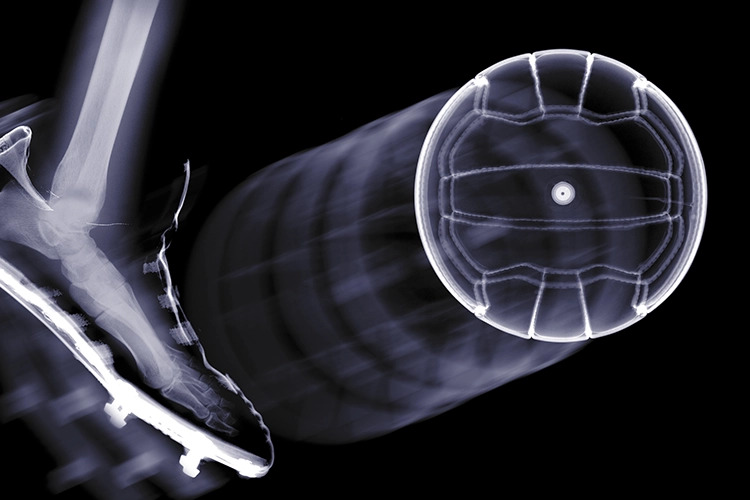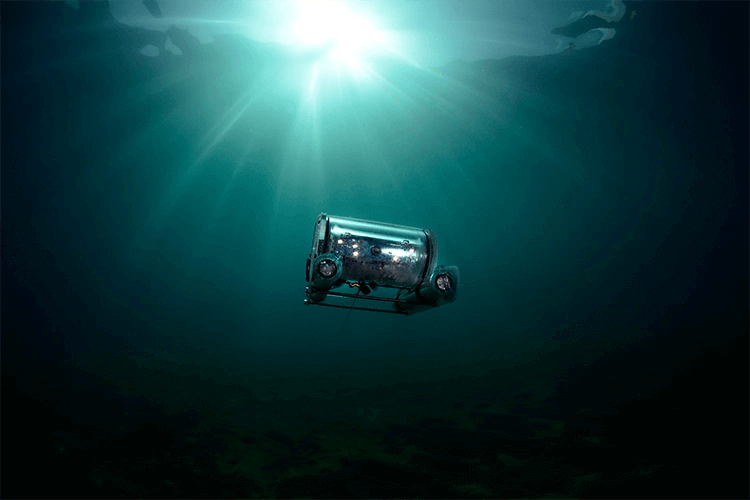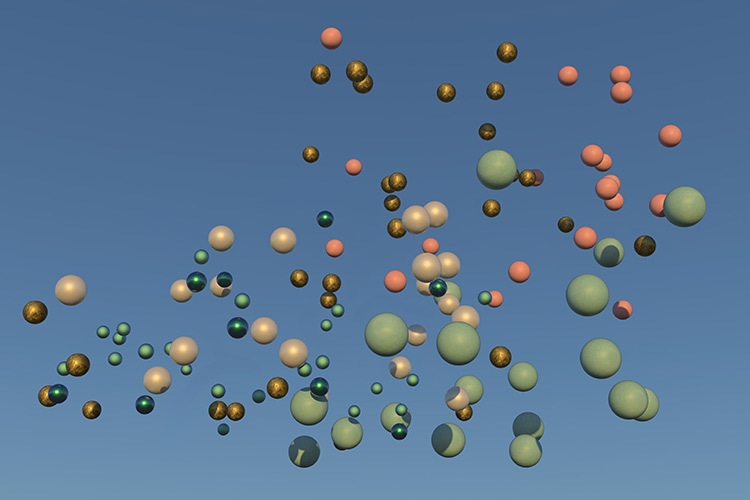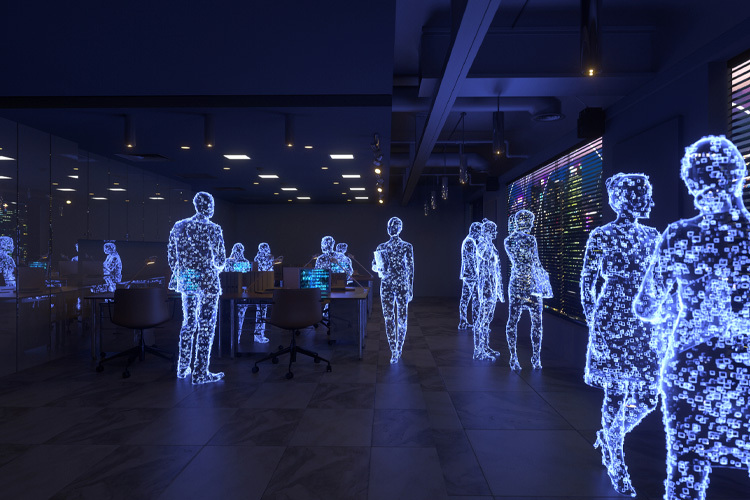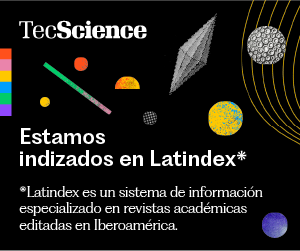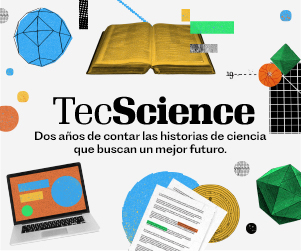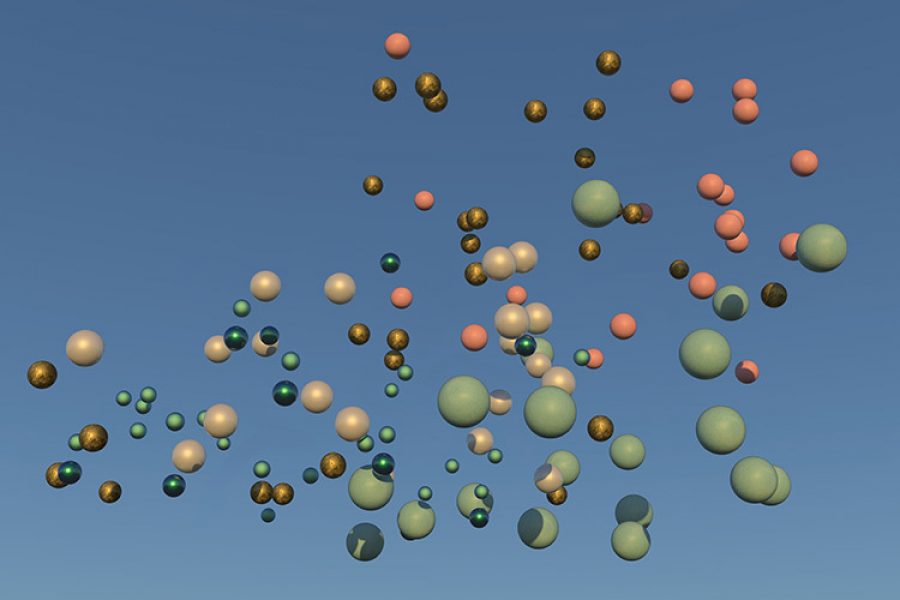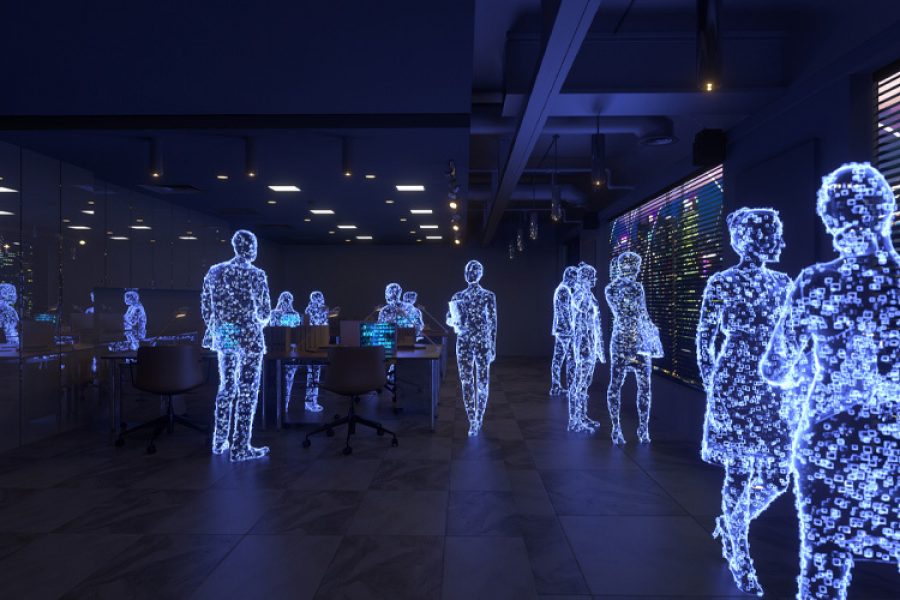By Silvia María Aldana Salazar*
We are aware that polyethylene terephthalate, commonly referred to as PET, serves as an excellent material for storing drinks, beverages, and various other products. This type of plastic, named after the polyethylene it contains, also incorporates other terephthalates, which function as endocrine disruptors.
These disruptors are compounds that are foreign to the human body and might be able to alter the endocrine system, affecting health [1].
Although little is known about the potentially toxic effects of microplastics (MPs) on human health, it has been found that when MPs of <20 µm in size are inhaled or ingested, they can penetrate membranes, accumulate in tissues, and elicit cytotoxic responses, which means they can penetrate cells and cause them to die. [2]
A compound earns the label “obesogenic” when it contributes to obesity and weight-related issues. This typically occurs due to factors such as an increase in the number of adipocytes, specialized cells within adipose tissue tasked with fat storage, which can consequently disrupt metabolism..[3]
Acting as endocrine disruptors, microplastics have been associated with various metabolic disorders, including diabetes and obesity, which is why they are classified as obesogenic.[1,3] Plastics have become a major environmental concern because they are used for almost everything in our daily lives.[4]
If you pause for a moment and glance around, you’ll quickly notice a plethora of items: cups, containers, food packaging, cellphones, computers, chairs, kitchen utensils, and the list continues. What ties these diverse objects together is their shared reliance, either partially or entirely, on plastic components.
It’s crucial to highlight that only 9% of plastics are recycled, leaving the majority to end up in landfills, where they pose a significant threat to both terrestrial and marine ecosystems through pollution. [5]
What are microplastics?
Humidity, UV rays, temperature fluctuations, and mechanical forces all contribute to the degradation of plastics, breaking them down into smaller particles measuring less than five millimeters, commonly called microplastics.[6]
We risk ingesting microplastics as they frequently infiltrate the food chain: larvae ingest them, fish consume the larvae, and ultimately, these fish and other species end up on our plates.
There are other ways we consume microplastics, such as the water we drink (especially bottled water), the clothes we wear, detergents, and personal care products we use, like toothpaste and even some cosmetics[7]. Research has even found the presence of microplastics in breast milk.
Exposure of laboratory animals or cell cultures to MPs has shown that these compounds produce inflammation and cytotoxicity, meaning oxidative stress, cell injury, altered membrane function, genotoxicity (damage to genetic material), and even immunotoxicity at the cellular level, which means damage to the immune system.
Although the UN has ruled that there is not yet sufficient evidence to consider human health at risk, there are lines of research that aim to understand the possible toxic effects related to the obesogenic mechanisms of microplastics. [8]
Obesity is an epidemic that affects more than a billion people, with Mexico occupying the top spots for weight problems and obesity. 70% of Mexicans are overweight, and almost a third suffer from obesity.[9]
While it’s essential to acknowledge that obesity is a complex issue with multiple contributing factors, there’s an association between exposure to obesogens and this condition. Research on mice has demonstrated that microplastics induce changes in energy balance and lipid metabolism. Therefore, it’s hypothesized that microplastics may play a role in the global obesity epidemic.. [2]
Sustainable rapport with plastics
Through bioinformatics analyses, Tecnológico de Monterrey’s Institute for Obesity Research is searching for microorganisms and new enzymes capable of degrading plastics.
Bacteria and fungi, which have evolved to produce plastic-degrading enzymes, have been isolated and identified in environments contaminated by plastic pollution, such as soils and water bodies. Remarkably, these microorganisms can utilize plastic as a source of carbon and energy, effectively “feeding” on it. [10] This discovery is highly promising, as it opens up avenues for the development of sustainable technologies to combat plastic pollution.
Cecilia Treviño, a researcher at the Institute of Advanced Materials for Sustainable Manufacturing, has characterized plastic as an exceptionally versatile material. However, our oversight lies in failing to utilize it in a sustainable manner.
Contemporary research across various disciplines strives not only to document the consequences of inadequate plastic management but also to devise strategies and initiatives for rectifying our course.
Biotechnological breakthroughs offer a spectrum of solutions, from developing alternatives to plastic to repurposing it into novel products. Additionally, efficient bioremediation systems are being proposed to optimize plastic utilization within the circular economy framework.
References
1. Shi, S., Zhang, J. J., Gong, J., & Zhao, B. (2022). Benefits from disease-burden reduction for type 2 diabetes and obesity through comprehensive regulatory restrictions on phthalate use in China. One Earth, 5(4), 380-391
2. Kannan, K., & Vimalkumar, K. (2021). A review of human exposure to microplastics and insights into microplastics as obesogens. Frontiers in Endocrinology, 12, 724989.
3. World Health Organization. (June 9, 2021). Obesidad y sobrepeso. Taken from: https://www.who.int/es/news-room/fact-sheets/detail/obesity-and-overweight
4. Geyer, R., Jambeck, J. R., & Law, K. L. (2017). Production, use, and the fate of all plastics ever made. Science advances, 3(7), e1700782.
5. Samak, N. A., Jia, Y., Sharshar, M. M., Mu, T., Yang, M., Peh, S., & Xing, J. (2020). Recent advances in biocatalysts engineering for polyethylene terephthalate plastic waste green recycling. Environment International, 145, 106144.
6. Pastorelli, G., Cucci, C., Garcia, O., Piantanida, G., Elnaggar, A., Cassar, M., & Strlič, M. (2014). Environmentally induced color change during natural degradation of selected polymers. Polymer degradation and stability, 107, 198-209.
7. Khoironi, A., & Anggoro, S. (2019). Evaluation of the interaction among microalgae Spirulina sp, plastics polyethylene terephthalate and polypropylene in freshwater environment. Journal of Ecological Engineering, 20(6).
8. World Health Organization (August 28, 2019). Microplastics in drinking-water. Taken from: https://www.who.int/publications/i/item/9789241516198
9. Gobierno de México- Secretaría de Salud. (March 4, 2022). Obesidad, enfermedad multifactorial y compleja que requiere estrategias globales. Taken from: https://www.gob.mx/salud/prensa/108-obesidad-enfermedad-multifactorial-y-compleja-que-requiere-estrategias-globales?idiom=es#:~:text=La%20pandemia%20por%20COVID%2D19,salud%20y%20disminuye%20la%20productividad%2C
10. Tanasupawat, S., Takehana, T., Yoshida, S., Hiraga, K., & Oda, K. (2016). Ideonella sakaiensis sp. nov., isolated from a microbial consortium that degrades poly (ethylene terephthalate). International journal of systematic and evolutionary microbiology, 66(8), 2813-2818.
Author
Silvia María Aldana Salazar. Ph.D. student in Biotechnology at the School of Engineering and Sciences of the Tecnológico de Monterrey. Her primary research interests lie in the study of microorganisms and their applications in environmental remediation and conservation. One of her endeavors includes scientific outreach.

